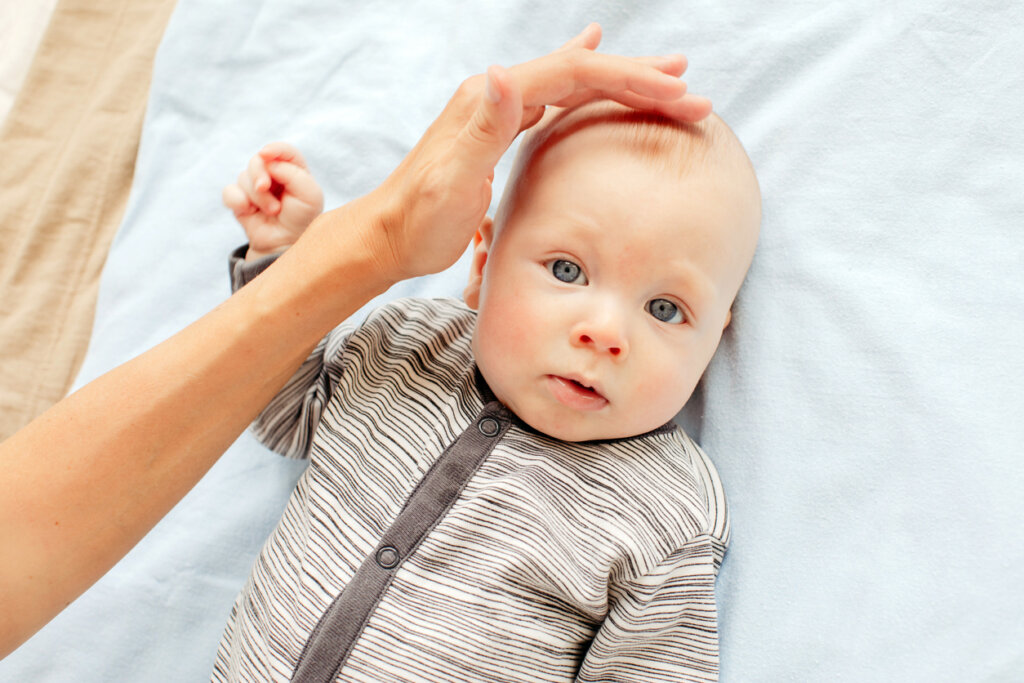The Importance of Touch

The recent pandemic took away human touch. People were forced to stay away from each other and physical contact between people was reduced to the minimum. Without a doubt, this has had a great impact on mood, and even the health of many people.
Our skin is the largest organ in the body. Hardly surprising then, that children at birth need to be touched, to the point that even if they have food and shelter they can die if they don’t have loving physical contact with their environment. Indeed skin-to-skin contact is paramount for our survival.
“I think we underestimate how important physical contact is in our social interaction. The human touch is key to our survival. It’s in our DNA.”
-Robin Dunbar-
An online study entitled The Touch Test was conducted to explore the importance of physical contact for people. The results were overwhelming. They found that the absence of touch weakens feelings of connection, empathy, and trust.

The brain and touch
The human body has between six and ten million touch sensors on the skin. Although they’re more concentrated in certain areas, they’re generally distributed throughout the body. Science has found that the stimuli provided by touch travel at a slower rate than others.
Curiously, the brain captures the sensation provided by touch about four seconds before it’s perceived on the skin. In other words, the effect of an affectionate touch is felt first in the brain. Science doesn’t know why.
Furthermore, cuddling has been proven to relieve stress. It provides a sense of serenity and confidence that leads to relaxation. This is why cuddles are so important for babies, but the effect remains the same at any age.
In addition, they have a certain analgesic effect.
The skin and its mysteries
The same study that we mentioned earlier indicated that most people are able to identify what another wants to communicate to them simply by a touch on the arm. In fact, the data indicated that people were correct in guessing what emotion a stranger wanted to convey to them in up to 83 percent of the cases when their arm was stroked, pressed, or squeezed.
There are certain things that people enjoy touching and caressing. Top of the list is the skin of a soft and furry animal, followed by velvet, silk, cotton, and human skin. On the other hand, there are textures that nobody wants to touch. For instance, anything with a slimy surface as well as sandpaper, nylon, wool, and metal.

Touch and eroticism
It’s clear that, when talking about touch, direct or indirect reference is also being made to eroticism. In fact, the neuroscientist Vilayanur Ramachandran had already pointed out in the 1990s that touch stimulated sexual desire. He demonstrated this fact with certain experiments.
Ramachandran indicated that touches on the nape of the neck, near the ear, and on the foot were extremely erotic. This is because such contact stimulates neurons in an area of the brain known as Penfield’s sensory homunculus. It’s located in the cerebral cortex and the regions corresponding to the neck and the foot area are really close to those of the genitals.
However, a study published in the journal, Cortex, in 2012 found that three out of four people don’t find foot rubs to be all that arousing. It claimed that there are areas that seem to be more erotic such as the belly, the contour of the shoulders, or the fingers of the hands. In light of these fascinating facts, there can be little doubt that science will continue to surprise us with its findings on touch.
All cited sources were thoroughly reviewed by our team to ensure their quality, reliability, currency, and validity. The bibliography of this article was considered reliable and of academic or scientific accuracy.
- Cacioppo, S., Bianchi‐Demicheli, F., Frum, C., Pfaus, J. G., & Lewis, J. W. (2012). The common neural bases between sexual desire and love: a multilevel kernel density fMRI analysis. The journal of sexual medicine, 9(4), 1048-1054.
- Caracushansky, S. Las Caricias Positivas en Psicoterapia: Indicaciones y Contraindicaciones. ANALISIS TRANSACCIONAL y PSICOLOGIA HUMANISTA, 133.
- Jenkins, J. L. (1986). Physiological effects of petting a companion animal. Psychological Reports, 58(1), 21-22.
This text is provided for informational purposes only and does not replace consultation with a professional. If in doubt, consult your specialist.








